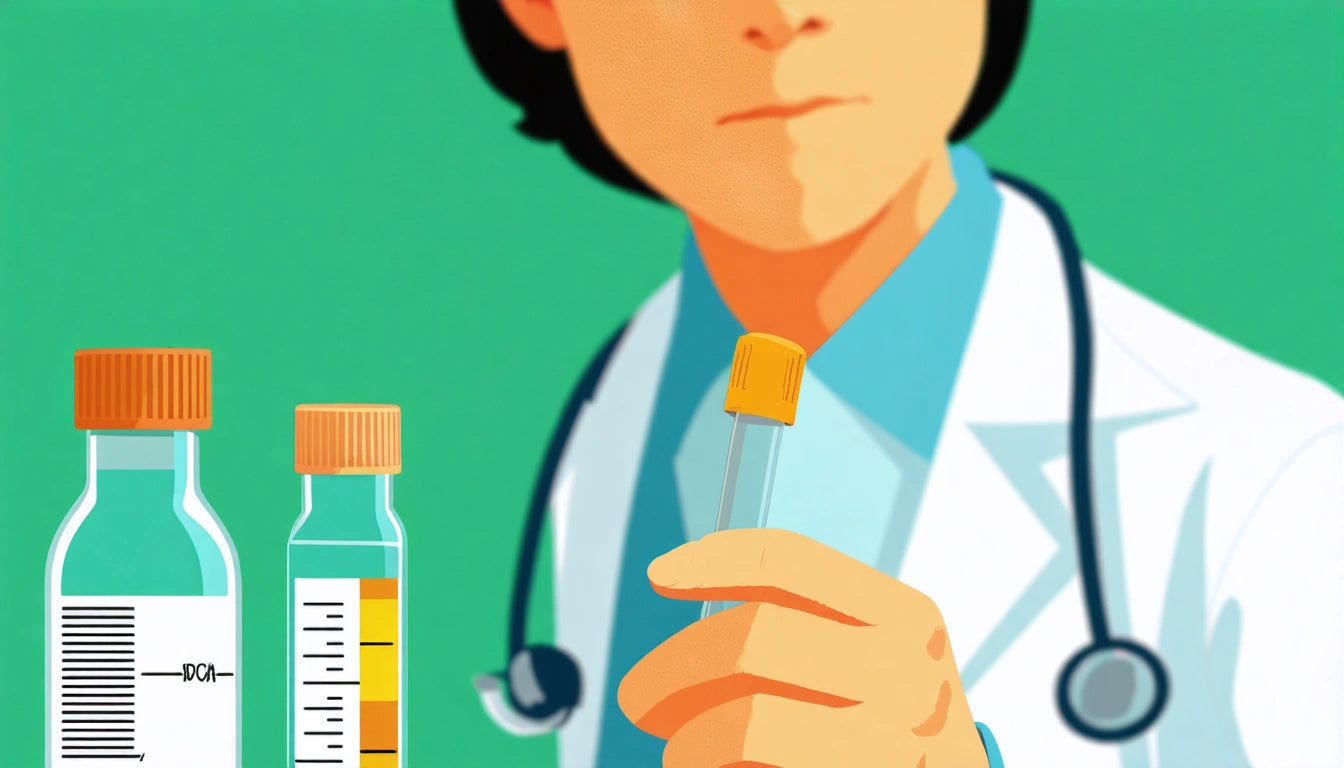Table of Contents
How Often Should You Water and Fertilize Your Pot Plants?
Proper watering and fertilization are fundamental to successful cannabis cultivation. These two factors can make the difference between thriving, high-yielding plants and stunted, unhealthy ones. Understanding how often you should water pot plants and when to apply nutrients requires knowledge of plant biology, growing conditions, and environmental factors.
Watering Basics for Cannabis Plants
Cannabis plants require consistent moisture without becoming waterlogged. The basic principle is to water thoroughly but infrequently, allowing the growing medium to cycle between moist and slightly dry conditions. This approach encourages robust root development and prevents common issues like root rot.
According to our comprehensive watering guide, cannabis plants typically need watering every 2-3 days, though this varies significantly based on several factors. The goal is to water when the top inch of soil feels dry to the touch.
Determining the Right Watering Frequency
How often should you water your pot plants? The answer depends on multiple variables:
Container Size and Type
Larger containers hold more soil and moisture, requiring less frequent watering. Similarly, fabric pots increase airflow and evaporation, necessitating more frequent watering than plastic containers.
Growing Medium
Different growing media have varying water retention properties:
- Soil: Generally retains water well, requiring watering every 2-3 days
- Coco coir: Drains faster, often needing daily watering
- Hydroponics: Requires constant monitoring and regular solution changes
Environmental Conditions
Temperature, humidity, and airflow significantly impact how often you should water a pot plant:
- Higher temperatures increase evaporation and plant transpiration
- Lower humidity levels accelerate moisture loss
- Strong air circulation dries the growing medium faster
Fertilization Schedule for Optimal Growth
How often should you fertilize pot plants? Generally, cannabis plants benefit from fertilization every 1-2 weeks during active growth phases. However, the specific schedule varies by growth stage and nutrient formulation.
Types of Nutrients
Cannabis requires three primary macronutrients:
- Nitrogen (N): Crucial for vegetative growth
- Phosphorus (P): Essential for flowering and root development
- Potassium (K): Supports overall plant health and stress resistance
Secondary nutrients like calcium, magnesium, and sulfur, plus micronutrients such as iron, manganese, and zinc, are also vital but needed in smaller quantities.
Watering and Fertilizing Through Different Growth Stages
Both watering and fertilization requirements change as cannabis plants develop through their lifecycle.
Seedling Stage (Weeks 1-2)
During this delicate phase:
- Water: Lightly and infrequently, keeping soil just barely moist
- Fertilize: None or extremely diluted ( ¼ strength) nutrients
Vegetative Stage (Weeks 3-8)
As plants establish themselves:
- Water: When the top inch of soil feels dry, typically every 2-3 days
- Fertilize: Every 1-2 weeks with nitrogen-rich formula
This stage is when plants experience their most rapid growth, requiring consistent attention to watering and feeding schedules.
Flowering Stage (Weeks 9-12+)
As plants transition to flower production:
- Water: Slightly less frequently than vegetative stage
- Fertilize: Every 1-2 weeks with phosphorus and potassium-rich formula
Flushing Period (Final 2 Weeks)
Before harvest:
- Water: With plain pH-balanced water only
- Fertilize: None, to allow plants to use up stored nutrients
Common Watering and Fertilizing Mistakes
Avoid these frequent errors to maintain healthy plants:
Overwatering
More cannabis plants suffer from overwatering than underwatering. Signs include drooping leaves even when the soil is wet, slow growth, and yellowing leaves. Proper watering technique involves waiting until the growing medium is partially dry before watering again.
Nutrient Burn
Excessive fertilization leads to nutrient burn, characterized by yellow or brown leaf tips that curl upward. Always start with half-strength nutrients and increase gradually based on plant response.
Inconsistent pH Levels
Cannabis plants absorb nutrients optimally when the growing medium maintains a pH between 6.0-6.5 for soil and 5.5-6.0 for hydroponic systems. Fluctuating pH levels can cause nutrient lockout despite adequate fertilization.
Optimization Tips for Healthy Cannabis Plants
To maximize your cultivation success, implement these advanced practices:
Water Quality Management
Use filtered or dechlorinated water at room temperature. If using tap water, let it sit for 24 hours to allow chlorine to dissipate.
Monitoring and Measurement
Keep detailed records of watering and fertilization schedules. Tracking plant responses helps optimize future cycles and can significantly increase potential yield per plant.
Sustainable Practices
Consider implementing water reclamation systems and organic fertilizers to reduce environmental impact while maintaining plant health. This approach is particularly important for growers operating within legal cultivation limits who want to maximize quality over quantity.
By understanding how often you should water pot plants and following appropriate fertilization schedules, you'll create optimal growing conditions that support healthy development from seedling to harvest. Remember that each plant and growing environment is unique, requiring ongoing observation and adjustment for best results.











Leave a comment
All comments are moderated before being published.
This site is protected by hCaptcha and the hCaptcha Privacy Policy and Terms of Service apply.